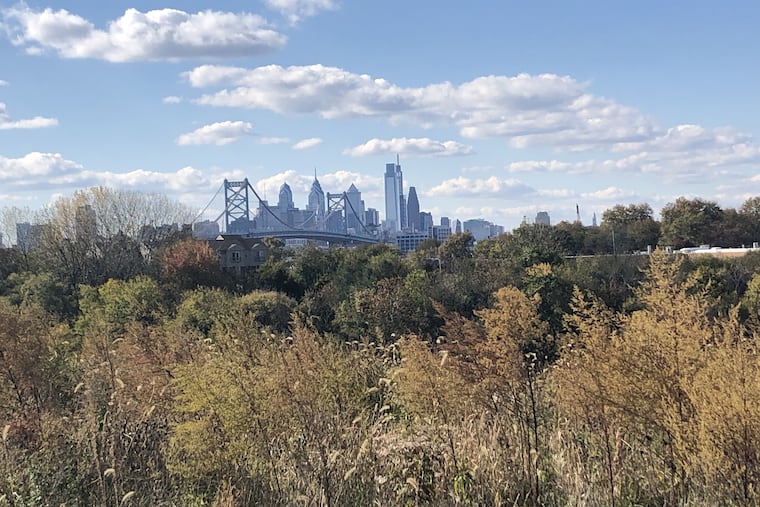A former city dump is about to become a ‘crown jewel’ waterfront park in Camden
The new, long-awaited Cramer Hill Waterfront Park, built on an old city landfill, opens to the public this weekend.

The new, long-awaited Cramer Hill Waterfront Park, built on an old city landfill, opens to the public this weekend.
